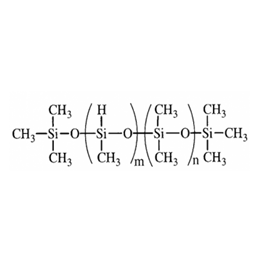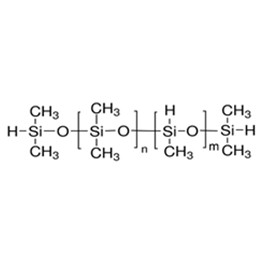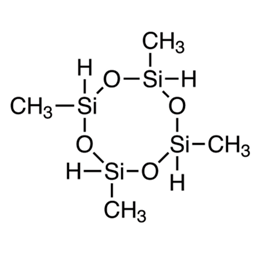Many seals and other elastomer parts in motor vehicles are in constant contact with engine oil. When the car is running, the temperature of the oil is inevitably much higher, and the oil then produces substances that are harmful to the sealing material and can chemically degrade it. As a result, conventional elastomers are unable to cope with this area of application, and they gradually become softer and lose their elasticity. Liquid silicon rubber materials have excellent qualities to solve this problem. How can liquid silicone be used in automobiles?
Liquid silicone rubber LSR is relative to the solid high-temperature vulcanization of silicone rubber, with good fluidity, fast vulcanization, safer and more environmentally friendly features, with excellent tear resistance, resilience, resistance to yellowing, thermal stability and heat resistance, and anti-aging properties.
There are many industries involved in liquid silicone rubber parts, because liquid silicones have many excellent properties, and versatile material also happens to be in many industries in great demand, including the automotive industry as well. Liquid silicone can be used as a sealant, potting adhesive, paint, etc. to protect a variety of engine control components; it can also be used as an adhesive sealing to play the function of anti-fouling moisture, etc., but also heat dissipation; liquid silicone rubber using a wide range of temperatures, but also play a flame retardant effect, but also applies to automotive electronic devices.
Here’s some information about it:
- What is liquid silicone rubber?
- What are the advantages of liquid silicone rubber?
- How to classify LSR production processes?
- What are the applications of LSR?
- How to make liquid silicone rubber?
1. What is liquid silicone rubber?
Liquid silicone rubber LSR is a non-toxic, heat-resistant, highly resilient flexible material. Relative to solid high-temperature vulcanized silicone rubber, liquid silicone rubber has the characteristics of good fluidity, fast vulcanization, low viscosity, and fast curing, and can be injection molded in a large number of rapid, repetitive mechanical productions. Liquid silicone rubber has the advantages of short cycle time, a high degree of automatic molding, low vulcanization temperature, no by-products in the vulcanization process, high product precision, and long service life.
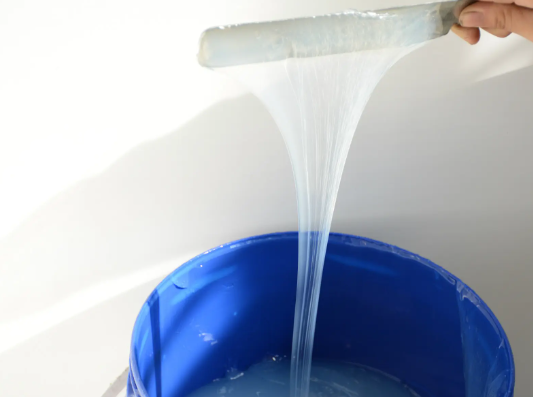
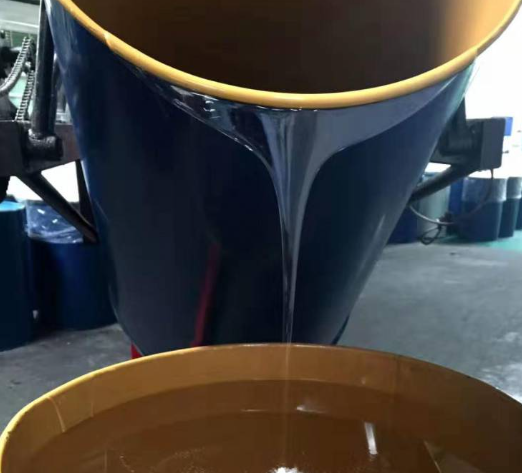
XJY-707-Hydride Terminated Polydimethylsiloxanes
It can be used as a chain extender for the addition of liquid silicone rubber LSR and as a crosslinking agent for the formation of hot vulcanized silicone rubber.

XJY-702 Methylhydrosiloxane, Dimethelsilocane Copolymer
It can be used as a special crosslinking agent for additional molding of liquid silicone rubber LSR.

XJY-711-Hydride Methyhydrosiloxane/ Dimethylsiloxane Copolymer
It can be used as a special cross-linking agent for liquid silicone rubber LSR.

2. What are the advantages of liquid silicone rubber?
Liquid silicone rubber has good resistance to high and low-temperature performance and weather resistance, so it is widely used in the automotive industry and, the production of silica gel auto parts, it is also resistant to compression, low deformation rate, has good resilience, easy to large-scale processing, which is solid silicone rubber does not have, and thus in the automobile liquid silicone rubber has also been applied on a large scale.
2.1 Resistant to high and low-temperature performance, insulating
Liquid silicone materials can withstand extremely high and low temperatures, usually in the range of -50 ° C to 200 ° C, and still have excellent physical and mechanical properties and electrical insulation properties. Typical silicone elastomers have a puncture strength of about 25kV / mm and silicone resins have a puncture strength of 50kV / mm and a volume resistivity greater than 1015Ω-cm. The insulating properties remain virtually unchanged at different temperatures and in different environments.
2.2 Weathering and chemical resistance
Silicone material does not degrade due to long-term exposure to ultraviolet light, oxygen, hydrogen-containing gases, water, and some salt solutions. It is also effectively resistant to a wide range of chemicals, such as weak acids, weak bases, petroleum, and some biological fluids.
2.3 Solidification
Liquid silicone rubber material can not crystallize at room temperature, but solidify into an amorphous solid, with good elasticity and mechanical properties. The use of high temperature and high-pressure molding process can make the silicone material has better replication properties to the mold.
2.4 Air permeability and light transmittance
One of the other characteristics of silicone material is good air permeability and light transmission, making it particularly suitable for high-tech fields such as electronics, medicine, and communications.
2.5 Flame retardant
Due to the structure of their silicon oxide backbone, silicone materials have excellent thermal stability are non-flammable, and do not decompose easily. Even if decomposition occurs at very high temperatures, the product is only silica, carbon dioxide, and water, releasing non-toxic substances, safe and environmentally friendly.
2.6 Multifunctionality
Silicone materials have excellent expandability. As a basic formula, they can be combined with other functional components such as pigments, fillers, additives, etc. to develop a variety of functional materials, such as thermally conductive materials, electrically conductive materials foam materials, paints, etc.
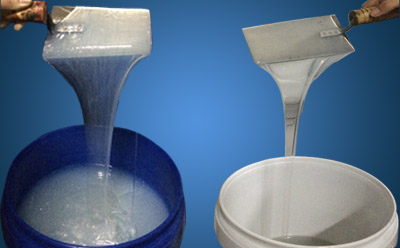
3. How to classify LSR production processes?
There are two types of LSR molding process, one is manually operated liquid silicone, and the other process is thermoplastic injection molding silicone products.
(1) Manual operation
This type of liquid silicone is generally used for tire aluminum film, auto parts molds, car massage cushions, etc.; tire aluminum film is used in the mold silicone, and the production process is through the silicone flip mold instead of wood and then turning the mold into gypsum and finally injected into the final development of aluminum tire aluminum film, which is usually used in snow tires, radial tires, and so on.
For these products on the market ordinary silicone can not be used and must be specially adjusted to apply to the tire aluminum film flip mold, because the tire aluminum film flip mold silicone requirements are particularly high, especially the mold silicone shrinkage if too high to make out of the shape of the tire deviation, there is also a mold silicone tear strength, the tire texture is deeper if the silicone tear strength does not work, then it is easy to fracture inside, so the silicone tear performance requirements, if the silicone tear strength is not good, it is easy to fracture. Therefore, the tearing performance of silicone is required to be higher.
(2) Machine injection molding
Another is liquid silicone rubber injection molding, this type of injection molding process is mainly through the injection molding machine thermoplastic injection molding, you need to order steel or aluminum film, and then through the injection molding machine injection molding, these products can not be operated manually viscosity is relatively large, injection molding process is more suitable for mass production, if the number of production is not high the cost of opening the mold is very expensive; this type of product category of automotive products are more, from large to the automotive accessories shock protection. This product category of automotive products is relatively many, from large automotive accessories shock protection, to small to non-slip pads, car cups, and so on.
4. What are the applications of LSR?
LSR has many applications in different fields, including medical devices in the medical industry (drug delivery devices), the automotive industry, and so on.
LSR material in the automotive industry applications can be used to make tires aluminum film, can also be used for circuit board potting, automotive parts molds, as well as automotive accessories, automotive anti-slip mats, automotive massage cushions, vibration-resistant sealed housings, wire harness seals parts, etc., the liquid silicone contains hundreds of thousands of types, new uses are constantly being found, the use of far more than these.
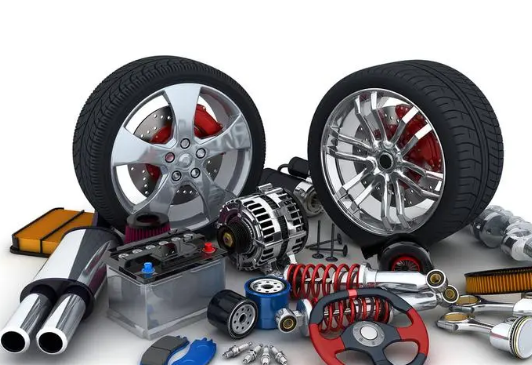
(1) Different silicone material
LSR materials application accessories in the car mainly play a sealing, anti-vibration, cushioning, noise reduction, and other roles to improve the stability of the vehicle, and ride comfort plays a big role. Corresponding to different applications using different silicone materials, general and oil-related silicone parts should use fluorosilicone raw materials, fluorosilicone oil resistance is good. And the resilience requirements of the use of liquid silicone raw materials, high-temperature hybrid rubber resilience is not as good as liquid silicone.
(2) Sealing and bongding
Liquid silicone rubber is generally used in bonding and sealants, potting adhesives, gels, insulating coatings, thermal adhesives, and other materials. These materials are used to protect engine control modules, ignition coils and ignition modules, powertrain modules, brake modules, exhaust emission control modules, power systems, lighting systems, various sensors, connectors, and so on. Adhesives and sealants are mainly used in various types of control modules for the bonding of components on the circuit board, or the use of large components. Such as capacitors, inductors, and coils to do auxiliary fixed to prevent components due to vibration and fall off, fixed and vibration damping function.
Liquid silicone rubber can also be used for module shell bonding and sealing, sealing, moisture-proof, dirt-proof, and anti-corrosion functions. If the use of thermally conductive adhesive has both bonding and heat dissipation functions, liquid silicone rubber can be used to fix the power device or adhesive heat sink to achieve bonding and heat dissipation functions.
(3)Automotive electronic devices
Liquid silicone temperature range, typical silicone materials in the range of minus 65 degrees Celsius to 200 degrees Celsius to maintain their elastic properties, there will be no high temperature, soft and sticky, or even decomposition, low temperature and hard brittle and other common problems of organic matter. So liquid silicone is very suitable for application in automotive electronic devices.
Liquid silicone has natural flame retardancy, excellent thermal stability, is non-flammable, and is not easy to decompose. Even if decomposition occurs at very high temperatures, the product is only silica, carbon dioxide, and water, releasing non-toxic substances, safe and environmentally friendly. So liquid silicone rubber is very suitable for use in automotive electronics.

5. How to make liquid silicone rubber?
Liquid silicone rubber is widely used in daily life and industrial production as a material with the advantages of high-temperature tolerance, waterproof and moisture-proof, and softness. It is also widely used in the automobile industry as a sealant, coating, potting compound, and so on. How to make your products more competitive?
XJY Silicones is one of the leading silicone MQ resin and VMQ silicone manufacturers in China, with more than 30 years of R&D and manufacturing experience in the silicone industry as well as more than 15 related patents and technical support. Our silicone material product can meet the needs of liquid silicone rubber and support the provision of diversified customized solutions.

